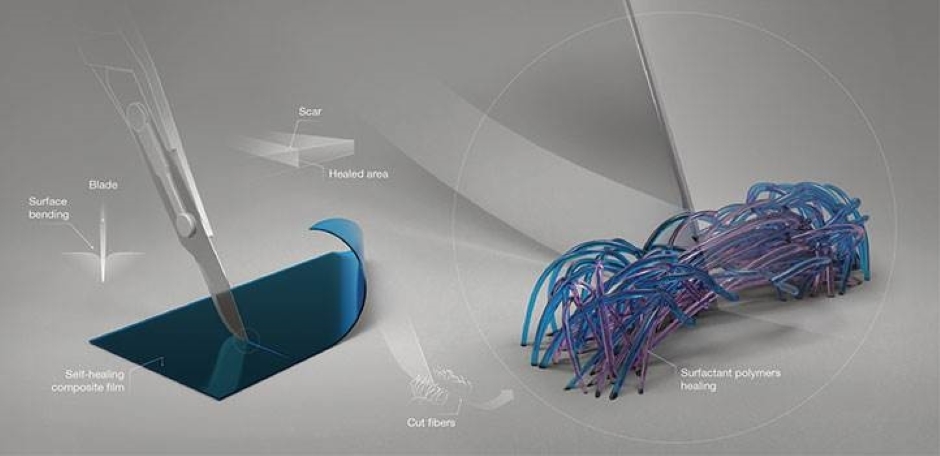Technology has moved how professors show students in higher education. For instance, by uploading recorded lectures online, students can reference a digital copy of the topics examined in class. In any case, lecture-based teaching traditionally leaves students as customers of data exclusively with little room for student creativity or interaction.
Presently, analysts at the University of Missouri have discovered that action-based learning, as opposed to lecture-based, improves student creativity and learning by permitting students to utilize technology to build up their original thoughts.
Isa Jahnke, associate professor in the MU College of Education’s School of Information Science and Learning Technologies, worked together with previous doctoral student Julia Liebscher to study how higher education teachers in Europe utilize mobile technology in their classes. She found that student creativity was generally upgraded by professors who permitted their students to utilize technology in a group setting to think of a novel product or thought.
For instance, one group of students in a history class built up an application that virtually teaches clients about the history encompassing the Berlin Wall. As opposed to just lecturing the material to the students, Jahnke found that permitting them to utilize technology in a collaborative way upgraded the students’ creativity and comprehension of the content.
“This research is useful for professors to rethink how they design their existing courses,” Jahnke said. “We need to shift away from purely lecture-based learning where students are just consumers of information toward a more meaningful learning approach with technology where students can come up with creative and novel solutions in a team setting.”
Jahnke included that there are resources at MU, for example, the Teaching For Learning Center, to assist professors with reconsidering their course designs amid the ever-changing educational landscape.
“If we have universities that are producing more creative-thinking students, then we have more people who can help come up with solutions for all of society’s grand challenges,” Jahnke said. “Creativity will lead to better innovators, entrepreneurs and business owners, but first we need to ask ourselves as educators if we are using technology to put our students in positions to be creative in the first place.”
Disclaimer: The views, suggestions, and opinions expressed here are the sole responsibility of the experts. No Graph Daily journalist was involved in the writing and production of this article.



